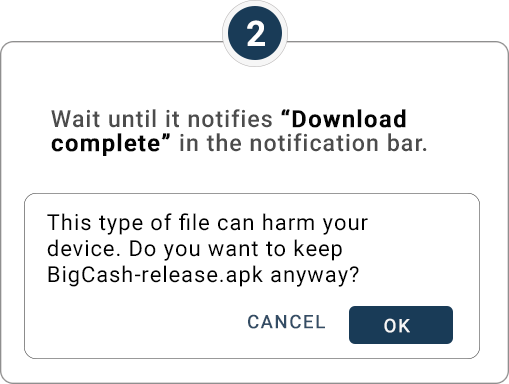Here are some major rules and important points to keep in mind when playing five-card draw poker:
1. Ante: Before the cards are dealt, all players are usually required to place an initial bet known as the "ante" into the pot. This ensures there is something to play for in each hand.
2. Deal: Each player is dealt five private cards facedown. The cards are usually dealt one at a time in a clockwise manner.
3. Betting Rounds: There are two betting rounds in five-card draw poker: one before the card exchange (after the initial deal) and one after the card exchange. Players can check, bet, call, raise, or fold during these betting rounds.
4. Exchanging Cards: After the first betting round, players have the option to exchange any number of their cards for new ones from the deck. The exchanged cards are returned to the deck, and the player receives an equal number of new cards. This is the key strategic element of the game.
5. No More Than Three Cards: In most variations of the five-card draw, players are not allowed to exchange more than three cards, even if they have fewer than three cards in their hands. This rule prevents players from completely changing their hands in one exchange.
6. No Draw: Some variations of five-card draw poker include a rule called "no draw." In this version, players are not allowed to exchange any cards and play with the initial five cards they were dealt.
7. Showdown: If there are two or more players remaining after the second betting round, a showdown occurs. Players reveal their hands, and the player with the best hand according to standard poker hand rankings wins the pot.
8. Declaration: In some games, players may need to declare whether they are drawing cards (exchanging) or standing pat (keeping their cards) during the card exchange phase.
9. Button and Blinds: A dealer button is used to indicate the dealer position and rotates clockwise after each hand. In addition to the ante, some games may use blinds (small blind and big blind) instead of antes.
10. Hand Rankings: Understand and be familiar with standard poker hand rankings to determine the winner in case of a showdown.
11. Minimum Hand to Qualify: In some variations, a player must have at least a certain hand rank (e.g., a pair of jacks or better) to qualify for winning the pot.
12. Ties: In case of a tie, the pot is usually split equally among the tied players.
13. Table Stakes: Most poker games, including five-card draw, are played with "table stakes," meaning players can only bet using the chips they have on the table at the beginning of the hand. They cannot add more money to their stack during a hand.
14. No Misdeals: If a misdeal (an error in dealing the cards) occurs, it's usually corrected by reshuffling and redealing.
15. Winning the Pot: The player with the best hand wins the pot. In the event of a tie, the pot is split equally among the tied players.







.webp)
.webp)
.webp)
.webp)
.webp)
.webp)

.webp)








